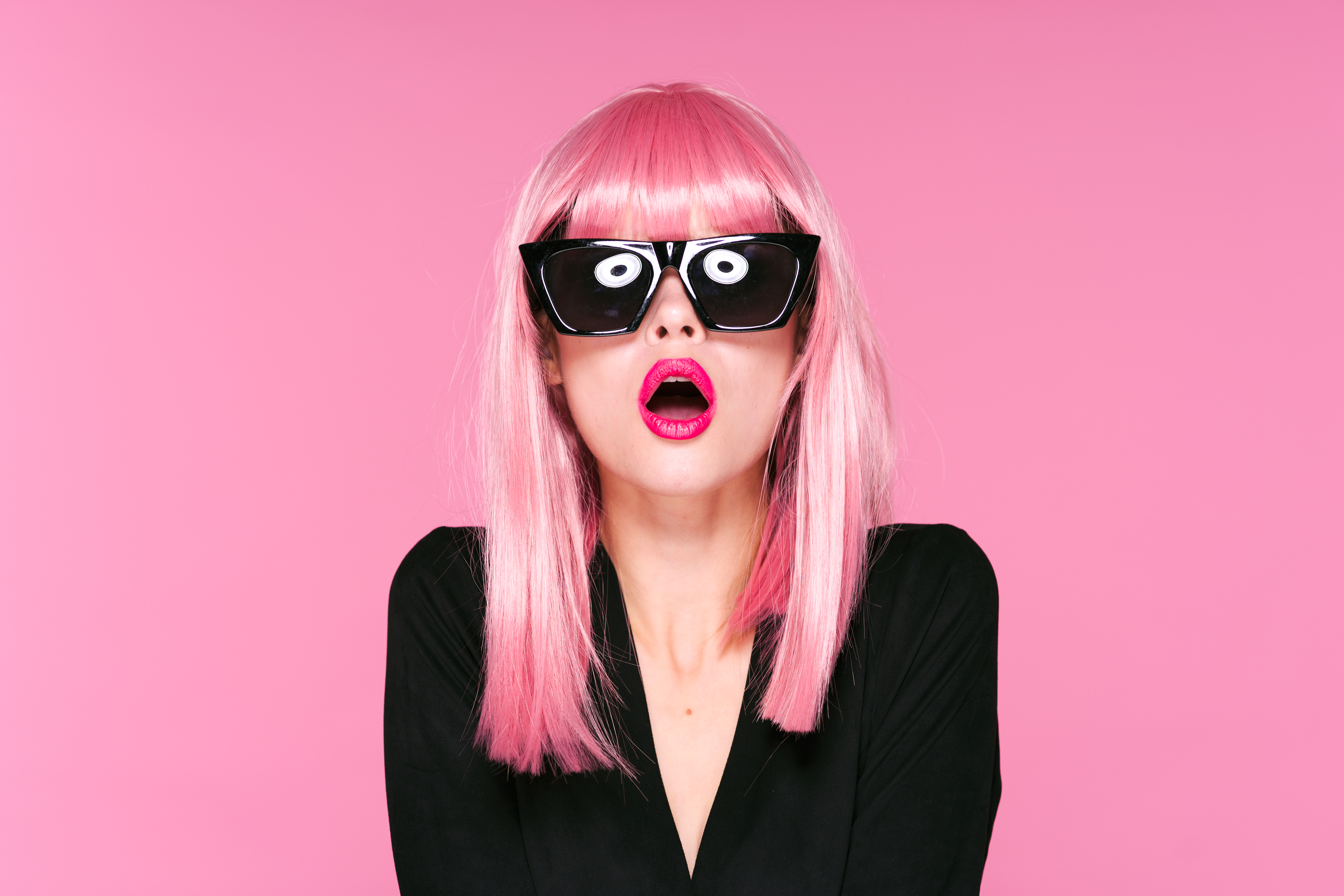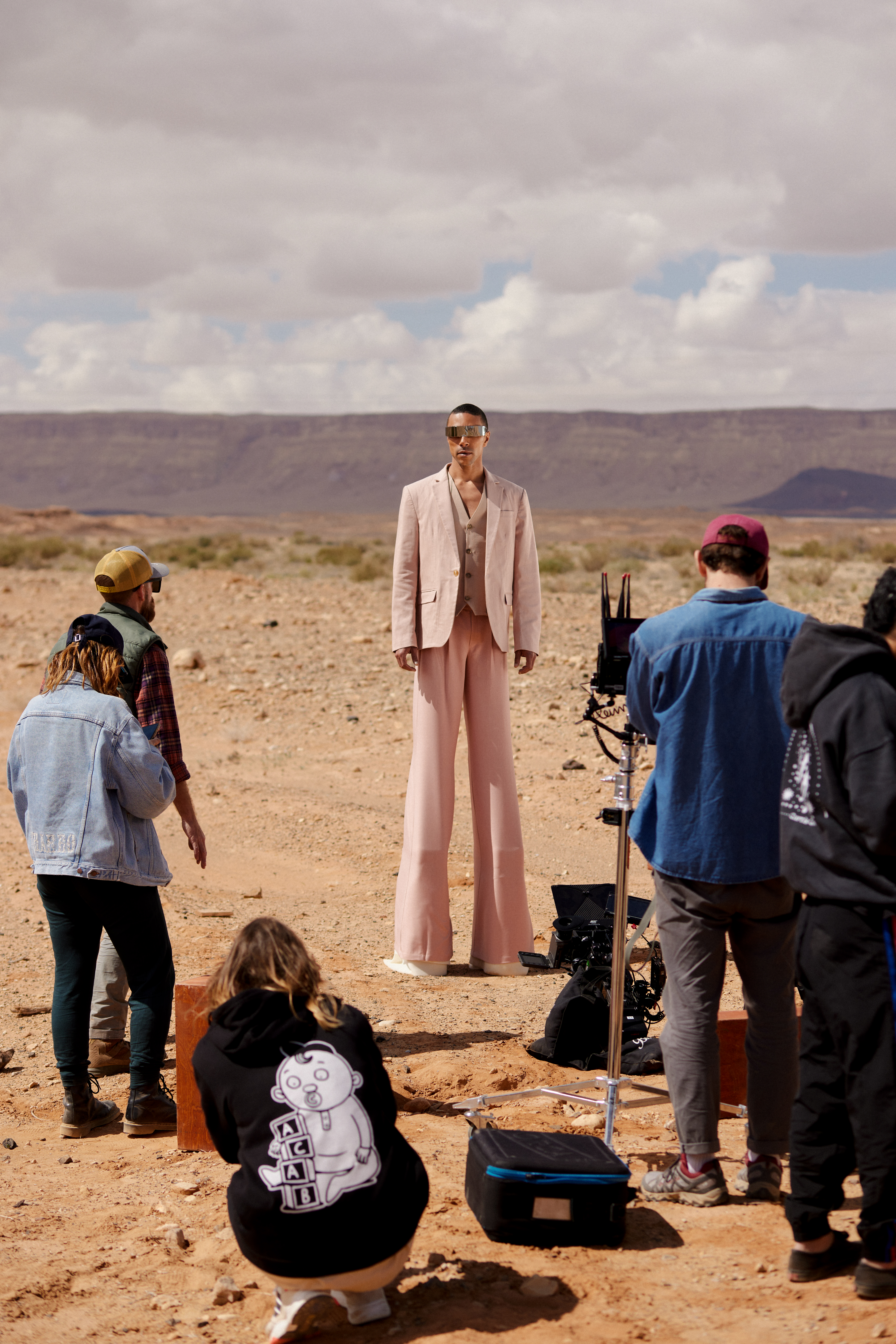Multi-purpose hairpieces are here to stay..
Practical, fashionable, or both?
Wigs have an illustrious history, having been worn by eminent people throughout the centuries. Like any fashion “accessory”, time itself has influenced how popular wigs have been, and continue to be. Wigs have tackled numerous stigmas – perhaps more than any fashion item – and that is precisely the point: whilst wigs are useful fashion objects, for a great deal of people they are functional and serve a purpose.
Short for “periwigs”, wigs have been in action since the times of ancient Egypt. Evidence suggests that shaven heads prevented the danger of lice infestation (ergh!) and to help with cooling down in the extreme heat. As the Egyptians quite liked the idea of having hair, they devised makeshift hairpieces made from human hair, plant fibres or wool. These became the first recorded wigs, and helped establish social ranking – in much the same way make-up and jewellery did.
By the 17th century, wigs were as common as any other fashion accessory, and were even more prominent as social statuses. As Louis XIII was “follicularly challenged”, he began wearing wigs because he wanted to preserve his reputation – as well as look respectable and healthy. It was only natural when his son, Louis XIV, followed suit, and by now people were all too happy to be donning artificial hairpieces across Europe – and the bigger the better! It’s an established fact that the word “bigwig” (meaning an important person) derived from wig-wearing kings in these times.
Baldness is now far more accepted (even fashionable), but in the 1960s it wasn’t quite the norm. Sean Connery wore a toupee in his early James Bond films – look closely, you can’t tell! Literally hundreds of stars have worn wigs, and why not? Many stars might even have their wig to thank for their prolonged career.
Glam rock in the 70s was an era dedicated to tight trousers and wigs, whilst the 80s continued the trend. Nowadays, there are thousands of millions of wigs in circulation, and their uses are far more varied. Consider high-profile catwalks. Whilst their main purpose is to display the season’s clothes trends, it’s often the model’s hairstyle which is noticed first – and the “hair” is often a wig. Invariably the models will have been asked to wear them by the designer, because wigs are ultra versatile and create an eye-catching first impression which complements the clothes.
What would a drag show be without wigs? They are as much a part of the act as the singing and dancing, giving the artist an identifiable persona that only wigs can give. In other forms of entertainment, some notable films relied on wigs to create believable characters, humour and talking points: think Tootsie, Mrs. Doubtfire and Kinky Boots.
Fancy dress, invariably, involves wigs, transforming the wearer into a fun alter-ego. But perhaps the most useful purpose of the celebrated wig is for comfort and wellbeing amongst those suffering from Alopecia..read a recent blog from Models Direct’s team member Gemma on how she has coped with Alopecia. When such a simple device as a wig can give people solace and self-esteem, it’s no wonder they are worn by millions across the globe.
So, the humble wig has developed from status symbol to fashion accessory to increasing confidence and breaking down barriers. Wear them with pride and show them off. You may even get a few jealous looks.
N.B. Merkins are also wigs. If you’ve never heard of them, do a little research – we’re not going to tell you what they are!






